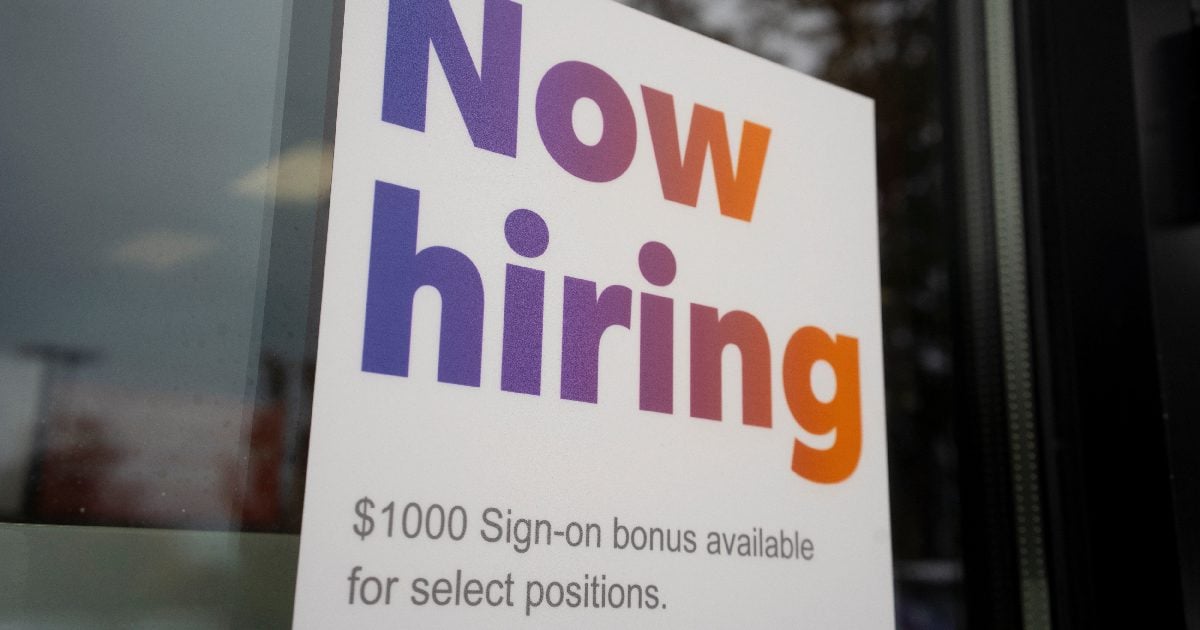This is skillsgapp’s third annual installment.
Last year we reported that the skills gap took a big hit in 2022, in part due to the Great Recession, when a near-record high of 4.2 million US workers left their jobs voluntarily in November alone. High-growth industries like Cybersecurity/IT, Aerospace and Skilled Trades took the brunt of that workforce deficit, each seeking employees with specific skill sets in place in order to perpetuate an ambitious rebound pace as the constraints of the pandemic softened.
A new report suggests that the lingering effects of the Great Resignation and pandemic are still impacting the skills gap in 2023, however, with 69% of HR respondents reporting that their companies currently have a skills gap, reflecting an increase from 55% the year prior. This prevailing workforce shortage, elevated by supply chain limitations, is reducing operational efficiency and margins for manufacturers, specifically, who are still on track for a workforce shortage of 2.1 million over the next seven years, equating to a $1.2 trillion loss in revenue.
According to Deloitte’s 2023 Manufacturing Industry Outlook, addressing the tight labor market and workforce churn is expected to remain a top priority for manufacturers this year. Despite a record level of new hires, job openings in the industry are still hovering near all-time highs. Lack of employee development initiatives and resources for training are likely to blame as big culprits in the skills gap. Non-competitive compensation, inability to quickly adapt to technological change, and shifts in company strategies and product offerings were also noted as contributors.
The biggest post-pandemic impact on the skills gap, however, is arguably the kinds of skills now needed to be employable in manufacturing. Surpassing previous years, the demand for soft skills rose for 48% of organizations surveyed, while 33% now need fewer hard skills.
According to the World Economic Forum’s Future of Jobs Report 2023, the biggest priority on hard skills training relates to analytics this year. Another report adds digital communication and project management to that list. The good news is those can be taught, along with technical skills. The bad news is those constantly change. Soft skills, by contrast, remain with a person throughout their career, and if they already have them, employers don’t have to train them. As a result, they can more easily hit the ground running and make valuable contributions to a company.
According to a report by MAU Workforce Solutions, these are the most in-demand soft skills in manufacturing:
Top Five Soft Skills in Manufacturing for 2023:
1. Communication
Manufacturing employees are often seen as lone wolves, but no one is isolated when working in a thriving manufacturing plant. Collaboration, conflict mitigation, and effective communication are key in avoiding poor performance as well as unsafe working conditions.
2. Interpersonal Skills
Interpersonal skills are important in any job, but are especially necessary for manufacturing where one person’s inability to work with others well can take down the entitre team’s performance.
3. Timeliness
This skill seems simple, however, it’s lacking en masse. If deadlines aren’t met, it can cause huge delays in shipment, making this soft skill one of the most important in manufacturing.
4. Adaptability/Problem-Solving
In an ideal world, machines run smoothly, parts that need assembly would always be pristine, and products would always be shipped on time. But in manufacturing, if it can go wrong it will, and at the worst time possible.
5. Attention to Detail
There are a lot of moving parts in manufacturing, so it’s important for employees to keep up with the details. Losing sight of the small stuff can lead to some dangerous situations.
From the pandemic to the Great Resignation and remote working, to economic and geopolitical uncertainty, the issues that have burdened industry are going nowhere in 2023. But with the 2M+ million workforce shortage looming overhead, none should be manufacturers’ top priority. Instead, according to Lisa Caldwell with EY, focusing on addressing a talent challenge unlike anything we’ve seen in the past should be priority #1.
What skill do you most value when hiring?
